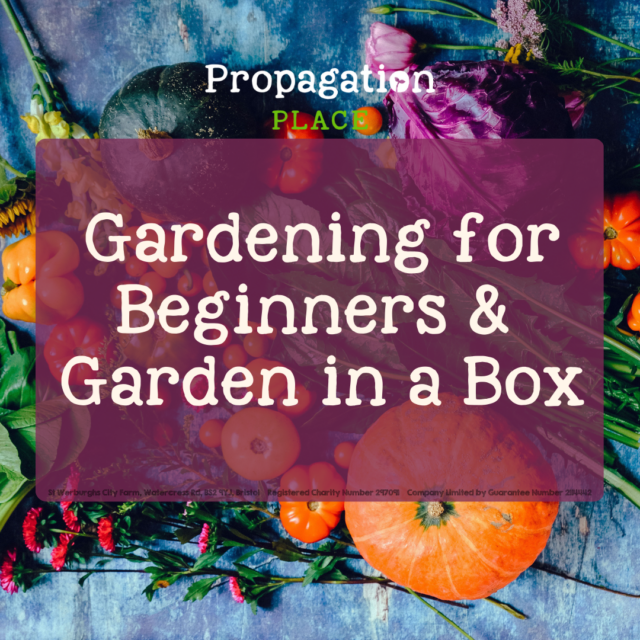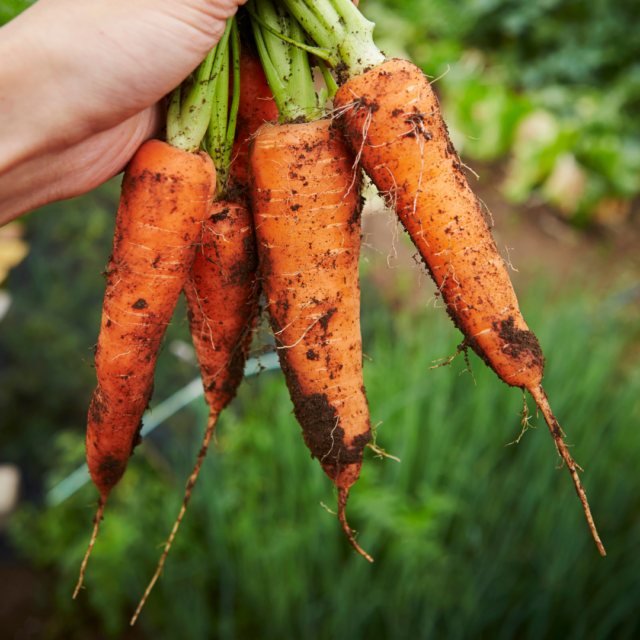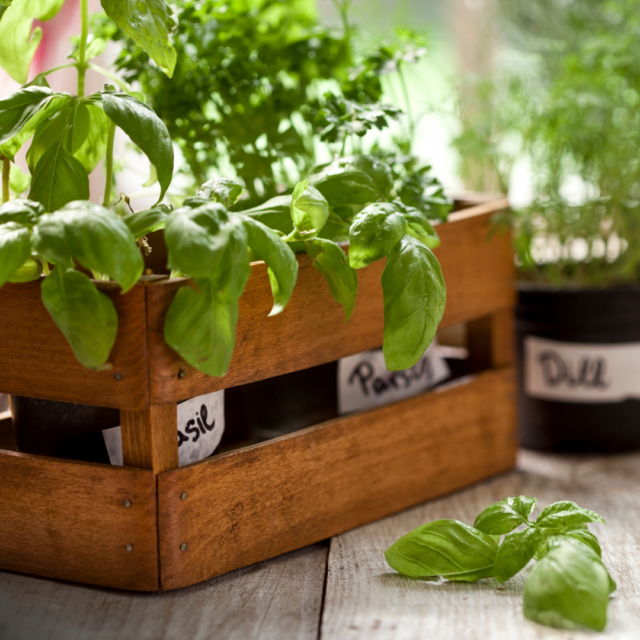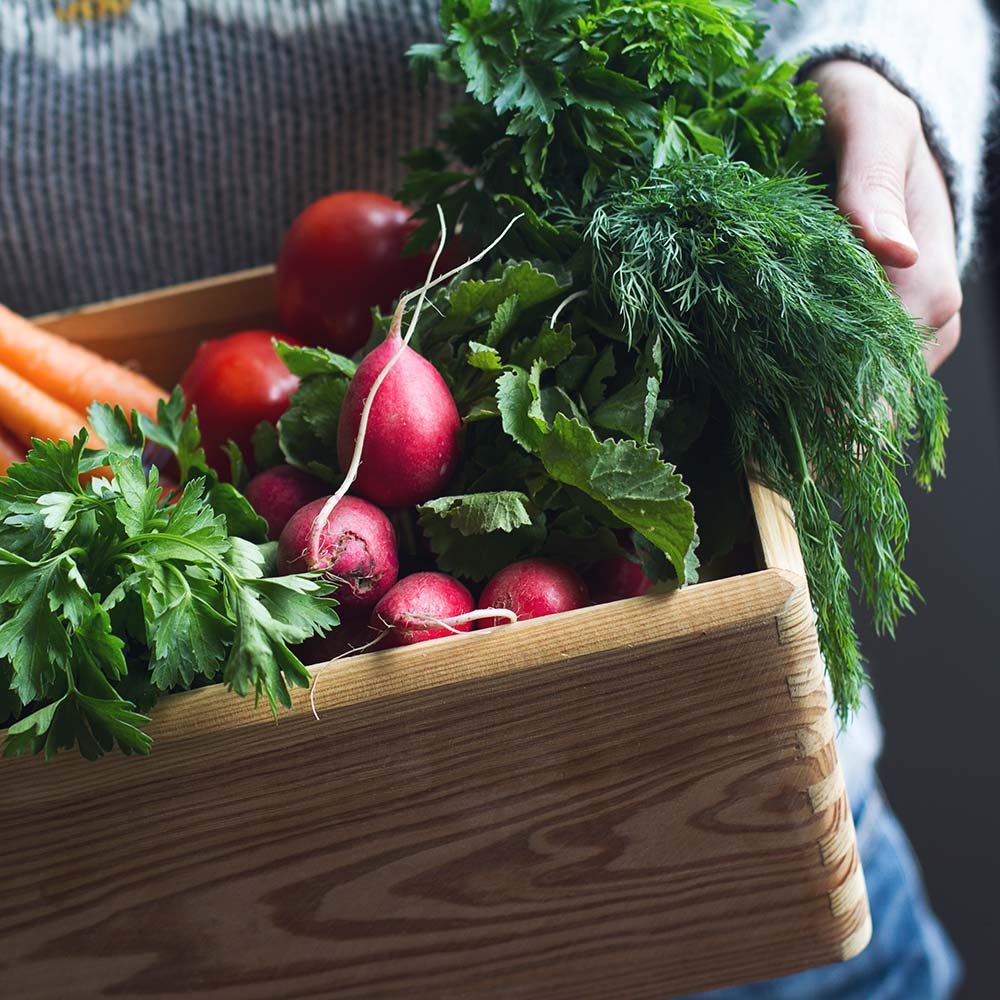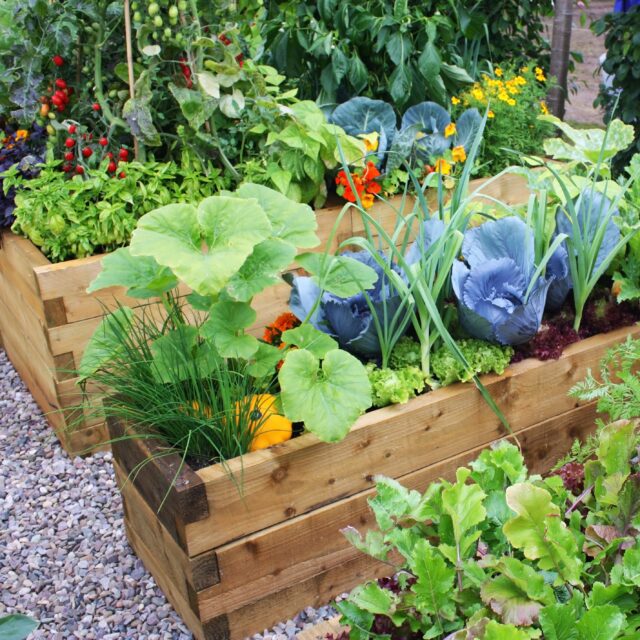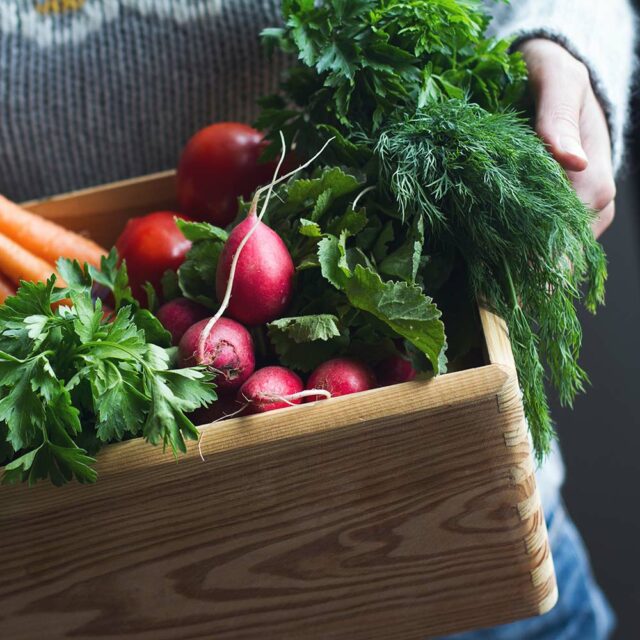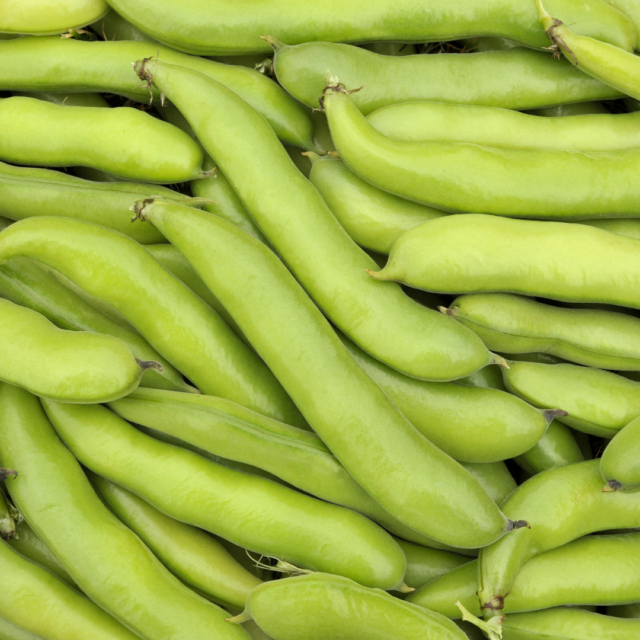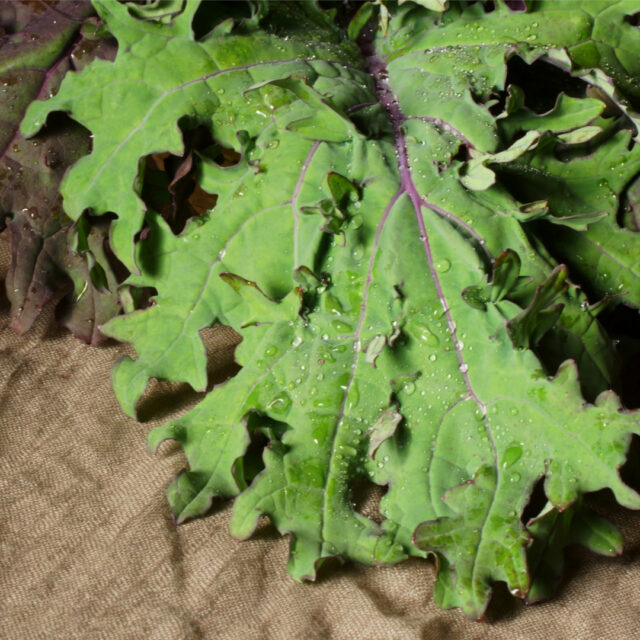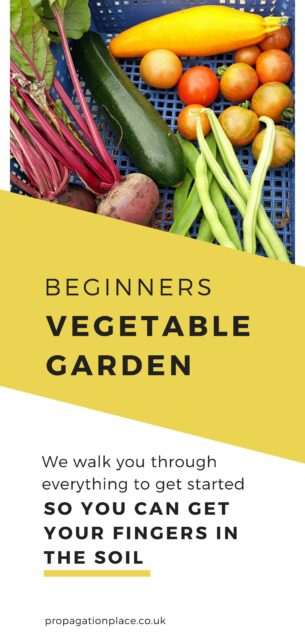
The concept itself is timeless – a story of self-empowerment through contact with nature.
There is a great sense of achievement in creating a new vegetable garden; it’s fun and relaxing, resourceful and ultimately produces delicious fresh food. All this with quite literally, just your bare hands. This article isn’t really about that however. This is more an encouraging nudge. An amiable tour of a vegetable garden for beginners, and most especially for those who think that it’s just really hard and who have a lingering fear that they can’t do it.
While there are some methods which are proven to be more effective than others in general, even these will change according to each garden situation. There is not just one way to do things. You are the only person who can decide what is appropriate for your situation. As well as books and blogs, you can use your common sense and intuition to get to know plants and their habits. Only once you have started on your own terms and found what works for you, should you think about doing things ‘by the book’.
Where should I put my veg garden?
The word paradise is derived from two Persian words roughly translated as ‘walled garden’. Setting out to create your own paradise is a good way to start thinking about your vegetable garden. You really will benefit from many hours of peace and serenity, if you first spend a bit of time thinking about where to put your vegetables.
That goes for big, medium and tiny gardens. Every outdoor space has darker shady spots, colder nooks, and sheltered areas out of the wind. Also that truly utopian niche where you can get some proper sun on your face, despite having to stand in an unusual way to reach it. Most vegetable plants grow best out of the wind and the cold, in a warm, dry-ish place which receives sun for at least a part of the day.
A good rule is that if you’d like to spend a fair amount of time in a spot in your garden, then your plants probably will too.
What to grow in my vegetable garden
Another fast track to paradise is to not over reach. That’s not necessarily my life philosophy but in setting up a beginner’s vegetable garden it’s kind to yourself to start small. You can expand from there. Rome wasn’t built in a day so they say.
So, remember the fundamental reason that you’d like to start a veg patch – you probably like vegetables. Thinking about which ones you like is something we do every day in the shops. Use that habit to plan your garden. Make a list of 5 or 6 vegetables that you really like. There’s little point in spending any time cultivating a crop of spinach if you hate the stuff.
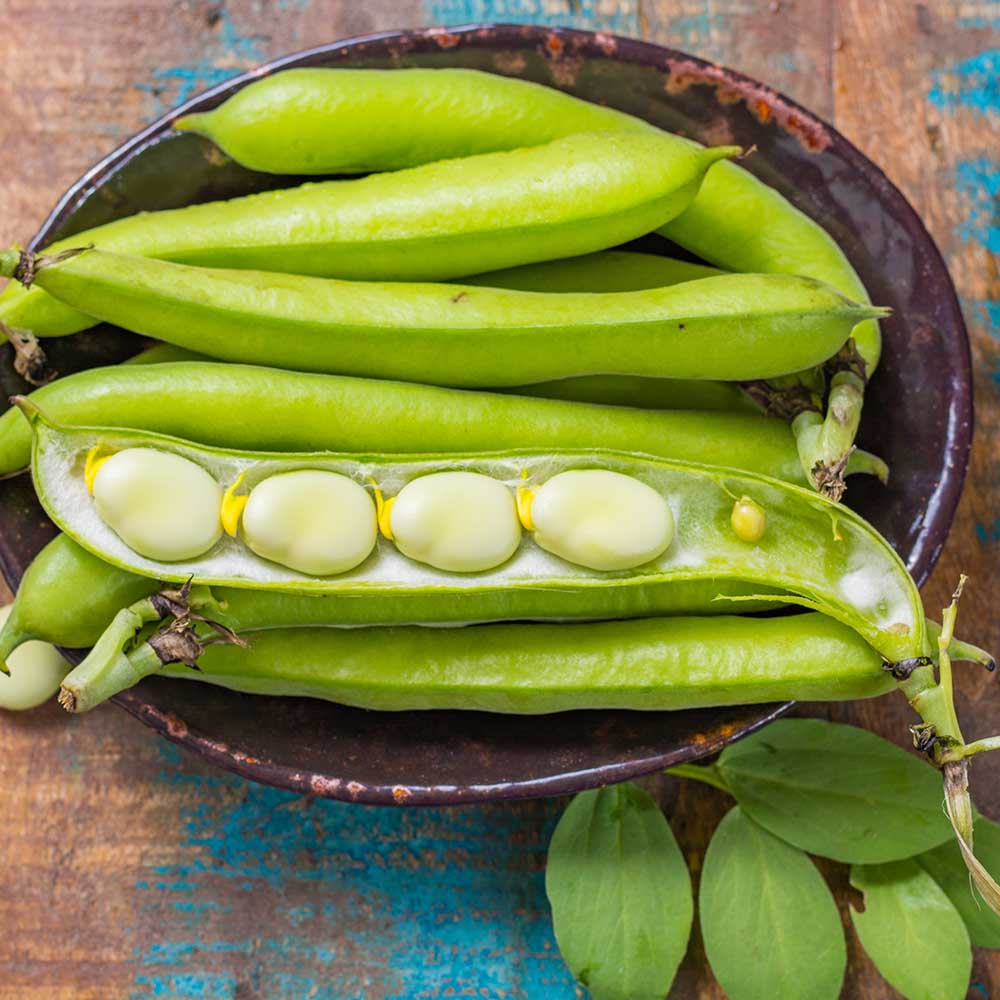
Simple vegetables to grow
There are some vegetables that are easier to grow than others, therefore getting to grips with the less fussy ones for a full year is a good idea. You can then move on to plants which are going to require more time to get to know.
Broad beans are ridiculously easy and satisfying to grow. Once the headiness of the summer holidays has mellowed and Hallowe’en has heralded the darker days to come but the ground is still warm, you can sow hardy broad beans. There is a commonplace variety called ‘Aquadulce’ which will cheerfully grow right through the winter, bridging the gap from one year to the next.
Window box wonders
From spring right through to autumn, beetroot and salads can be grown in a window box with very little care. Rainbow chard, with stalks of bright colours will reward you, even if you treat them with little more than indifference. Radishes will be ready before you are. Rocket was clearly called that for a reason.
Gateway vegetables
I consider some plants to be gateway vegetables; once you’ve tried growing them, you won’t want to stop. The key is waiting for the soil to warm up before sowing seeds into the ground. If you have somewhere inside – a greenhouse or sunny windowsill – you can sow some seeds into pots or modules. Start with just a few of each veg; the seeds will last in their packets for 2-3 years so you don’t need to use them all at once. It’s better to get one lot growing before sowing the next so that you will have a constant successive crop.
Here’s an example list of easy veg to grow and some good varieties to start with:
- Spinach ‘Rubino’
- Broad bean ‘Aquadulce’ (sown in Autumn) and ‘Robin Hood’ (perfect for pots, sown in spring)
- Beetroot ‘Boltardy’
- Chard ‘Bright Lights’
- Squash ‘Moonbeam’ (summer type) and ‘Crown Prince’ (perfect for winter stews)
- Courgette ‘Sunstripe’
- Runner bean ‘Firestorm’
- Kale ‘Dwarf green curled’
- Lettuce ‘Little Gem’
- Mizuna
- Winter Radish ‘Black Spanish Long’
- Spring onion ‘Reddy’
So, there are plenty of vegetables which can be grown by people who believe that their fingers don’t have even a smidgen of green stuff in them. Creating a vegetable garden for beginners is not as unapproachable as it may first seem!
Do I have room to grow veg?
Should you have a little garden, you can construct a small raised bed. Add a 10cm layer of rubble or gravel for drainage under 40-50cm of soil. You can also use pots and fill them with good compost, again with some broken stones in the bottom.
If space is a big consideration for you, which for most of us it is, then start by thinking about which areas of your outdoor space you want for yourself. Then consider places that you can accommodate some vegetables. Remember, they might like some of the same sort of places as you. It’s not a pecking order as such, it’s just friendly to think about how you share your space. This will foster better relations with your plants in the long run.
Plants make good companions
This will help you to choose some plants which will fit in with your life without you feeling resentful that they are stealing your space. Some vegetable plants such as squash do get very big.
If you have a sunny balcony, you may consider growing salads and herbs in window boxes attached to the railings.
Perhaps you have lots of room and you can have a designated bed per vegetable. Let your squashes sprawl across your garden, your cabbages firm up for months, and have towering obelisks heaving with French beans.
If you have a medium sized space which you use a lot, you might consider some raised beds. Imagine Pak choi nestling in with Mizuna and salad onions, or Runner beans growing up a trellis on a sunny wall. They will look beautiful and inspire many a fresh summer meal.
A good-size traditional vegetable garden for beginners is about 2 by 5 metres with around 10-12 rows of veg. If you like the look of rows, this is probably the easiest way to start out. Think about how the sun moves in your garden and try to have the rows facing north to south if possible. Try to think about how big the plant you are growing will get and leave some space for it; squashes and cabbages get big for example.
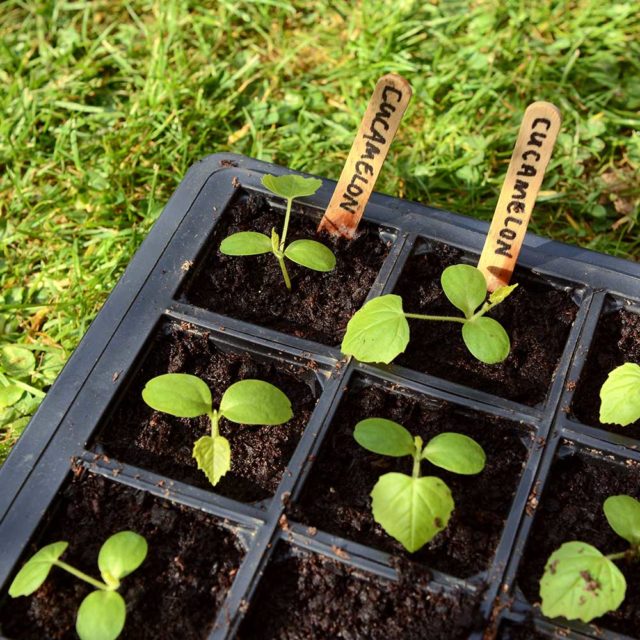
How do I start growing veg plants?
I am going to reiterate my advice to a beginner vegetable gardener: be kind to yourself. The start of any new venture is always fickle and if you try to achieve your ultimate goals straight away, you may be setting yourself up for disappointment. Try to see your first year as an initial encounter, laying foundations of a long and happy relationship with seeds, plants and soil. Seeds are a wonder to me; tiny time capsules which wait, sometimes for years until the right conditions come along to spur them into growth.
Watching the surface of the compost finally break as a bean seed begins to elbow its way through is a truly heartwarming experience. Sometimes seeds don’t germinate – if the soil isn’t warm enough, if they get too wet, if the soil is too hot or if they get eaten by mice or birds.
Buying vegetable plug plants is always an option
If seed sowing really isn’t working for you, you can also buy veg plants online. Together with a team of volunteers, I grow veg plants in Bristol. At Propagation Place we start everything in module trays on tables in a polytunnel. We carefully pack and send them out to gardeners all over the country. This is a fantastic way to produce strong and healthy little plants which can then go straight into the ground; the grower can bypass a lot of everyday germination issues.
We also offer our Garden in a Box, effectively a vegetable garden for beginners, delivered to you at the optimal time for planting out.
If you do have space to start some seeds inside or whether you are going to put seeds straight into the soil, you will need to make sure that you give them warmth and consistent watering.
Sowing your own
Seed packets almost always have comprehensive sowing instructions on the back. Follow these as best you can along with the general rule that you put seeds into a growing medium (compost or soil) at a depth which is around twice the width of the seed, and that big flat seeds (beans, squash and courgettes in particular) work better sown on their thin side than laid flat. Don’t let the soil/ compost dry out, nor keep it soaked. The seed needs to be able to access water but doesn’t want to drown in it. I would always sow more than one seed in case one doesn’t germinate. You will just need to pull one of them out if they both come up!
How do I set up my beginners vegetable garden?
The exact structure of your veg garden will depend entirely on the space that you put it into. If you are starting a plot in a lawn or by widening a bed, you will most likely want to mark the edges with some wood which creates a line that you can easily mow up to. Hammering in some stakes along the line of your patch and then nailing a board to them is the classic simple way to delineate a veg plot. Seeing as this is about making a vegetable garden for beginners, we can keep it simple.
All about the weeds
Something that puts a lot of people off is the dreaded word, weeding. It is true that your vegetables will benefit from clear soil into which they can put their roots. Weeds rob veg of the vital nutrients they rely on to grow, and also crowd and cover them. Pesky weeds will always outgrow your veg so you will need to keep on top of them.
Much ado about mulch
Luckily, there is a magic word you can say whenever you hear ‘weeding’. It is ‘mulching’. If you have never heard of ‘mulch’ then it’s definitely a very useful thing to know about. It basically means a thick layer of organic matter: compost or leaves, wood chippings or manure which has been left to break down a bit and which is laid on top of the soil in the autumn and winter. You can make your own compost and leaf mulch but that will be another article.
This mulch layer works in 5 main ways:
- Suppresses weeds by covering them up so they can’t get any light and will make it easier to stay on top of weeding
- Adds a lot of nutrients and oxygen to your soil
- Helps soil to hold water and also encourages consistent drainage
- Provides the perfect environment for good bacteria, worms and other small animals which are vital for good soil and healthy crops
- Helps to keep your soil warm.
Perseverance kills weeds
There is no way around some weeding, however minimal. There will be times that you will need to go through your veg patch with a bucket and trowel, gently teasing the weed roots out from around your little plants. If the spot where you have decided to put your patch is full of nettles, bindweed or couch grass, it could be years before you feel like you are starting to get the better of them.
Don’t give up -you will get rid of them if you are consistent and meticulous. And to be honest, you might actually enjoy it. ‘Getting my hands in the earth’ is one of the main reasons people give when I ask them why they enjoy volunteering at Propagation Place. It is a soothing and meditative job. Much like hoovering, there is great satisfaction in looking back on a newly clear space. Decluttering your soil as it were. This leads neatly into soil!
What does soil have to do with it?
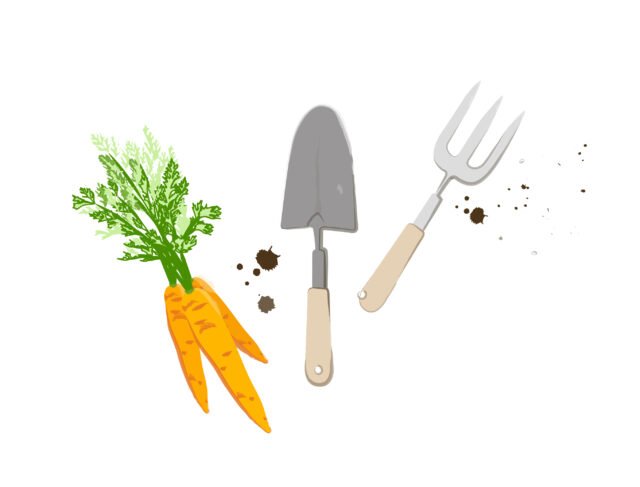
Fertile soil is the big talk of the well-informed modern agricultural world. It is the most amazing substance. If you start out with a well-structured fertile soil, you will have the benefit of less plant diseases and bigger harvests. You don’t have to understand biochemistry or alchemy, or perform complicated pH tests to achieve good soil.
If you are starting your veg patch from scratch, you will most likely dig up part of your lawn or build a raised bed. Apart from being great exercise and a fun thing to do with friends, this is a great way to have a look at your soil. Pick up a clod and squish it in your hand. See what it is made of and how roots move through it. It is truly amazing stuff.
Crumbly soil is good soil
Think about the most delicious apple crumble you’ve ever eaten. Yes I know, stay with me. Think about that topping; how it sticks together where it touches the fruit and absorbs the moisture. And how it’s crumbly on the top but still holds its shape. Now look at your soil again. Your plants want to grow in a soil crumble. For this, a rake will be your friend. As will mulching with compost and rotted down leaves, and patience.
Good soil is the holy grail of vegetable gardeners and it takes time to achieve, especially if you are starting with a heavy soil made mainly of clay. I used to know a man who got down on his hands and knees and sieved through his entire vegetable patch with his fingers to a depth of about half a metre every year. Do that if you want to, but it’s definitely easier to give your soil an initial light dig over to establish the plot. From then on, just keep mulching each autumn and pulling weeds out as soon as you see them.
Universal growth
Ultimately growing your own veggies is about providing you and those lucky people around you with wholesome food. This is absolutely achievable for everyone, whatever your time, space or financial resources. What is universal about beginning to grow your own, is the growth that will also happen in you. You will become more resilient, even in the face of what may seem total failure. It doesn’t matter if it doesn’t work the first, second or even third time, you can just re-sow or replant!
Sharing is caring
It’s no coincidence that an ‘allotment’ means a ‘share’. Growing your own vegetables is a personal experience that is innately sharable. The growing process and the harvest are gifts that you can give to yourself, and also grant to others. So give it a go, discover that it’s really not rocket science. Unless you get really into growing Rocket, that is!
Did we miss anything out in A vegetable garden for beginners? Comment below and let us know your thoughts!
If you want to see what you should be doing in your garden this month visit our Garden by Month category.
